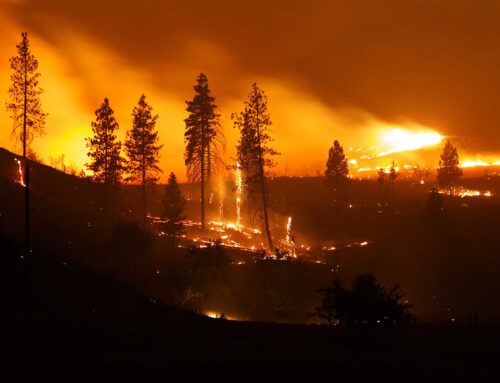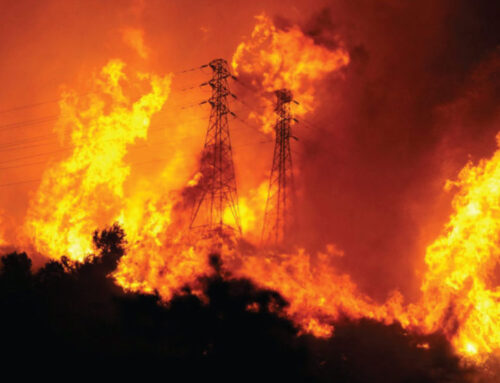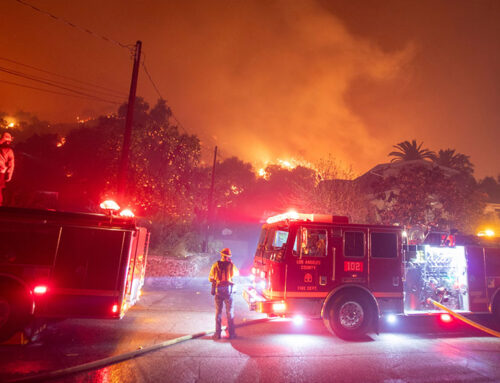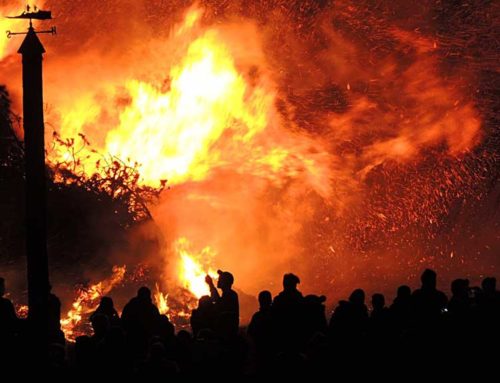As California’s fire season approaches, vegetation fire management services are ramping up their efforts to prepare for what is predicted to be a challenging period. With an ever-increasing need to protect both natural landscapes and human communities, these services are adopting a multifaceted approach to mitigate the risks and impacts of wildfires. At Capstone Fire, our fire management teams are busy at work preparing for California’s wildfire season. Here are some of the things we’re doing to keep you safe:
Proactive Vegetation Management
A cornerstone of wildfire prevention involves the strategic removal and reduction of flammable vegetation. By clearing away dead trees, shrubs, and underbrush, fire management teams can significantly decrease the fuel available for wildfires. This year, there’s an emphasis on expanding the scope of these efforts, targeting areas that have been identified as high-risk zones. Through controlled burns, also known as prescribed fires, and mechanical clearing, the aim is to create natural firebreaks and reduce the intensity of potential fires.
Enhancing Detection and Monitoring Systems
Advancements in technology are playing a pivotal role in early wildfire detection and monitoring. High-resolution cameras, satellite imaging, and drone surveillance are being deployed across vast areas to identify signs of fire more quickly than ever before. These tools not only allow for rapid detection but also provide critical data on fire behavior, helping teams on the ground to strategize their responses more effectively.
Community Engagement and Education
Understanding that community involvement is key to successful fire prevention, fire management services are intensifying their outreach and education programs. Homeowners and businesses located in vulnerable areas are being educated on how to create defensible spaces around their properties—a practice that involves landscaping and building with fire-resistant materials. Public awareness campaigns are also underway, aiming to inform residents about the importance of adherence to fire safety regulations, such as campfire bans and restrictions on burning debris.
Strengthening Emergency Response Capabilities
In preparation for the fire season, emergency response teams are undergoing rigorous training exercises designed to enhance their readiness. These simulations cover a range of scenarios, from initial fire outbreak containment to large-scale evacuation operations. Additionally, resources such as firefighting equipment, aircraft, and personnel are being strategically positioned across the state to enable swift action when fires do occur.
Collaboration and Coordination
Recognizing the complexity and scale of wildfire management, there is a growing focus on collaboration between different agencies and organizations. From federal to local levels, including non-profit and community groups, the effort to combat wildfires is increasingly characterized by its collaborative nature. This approach makes sure that resources and information are shared efficiently so that our teams at Capstone Fire are able to coordinate with other public and private teams around the area.






